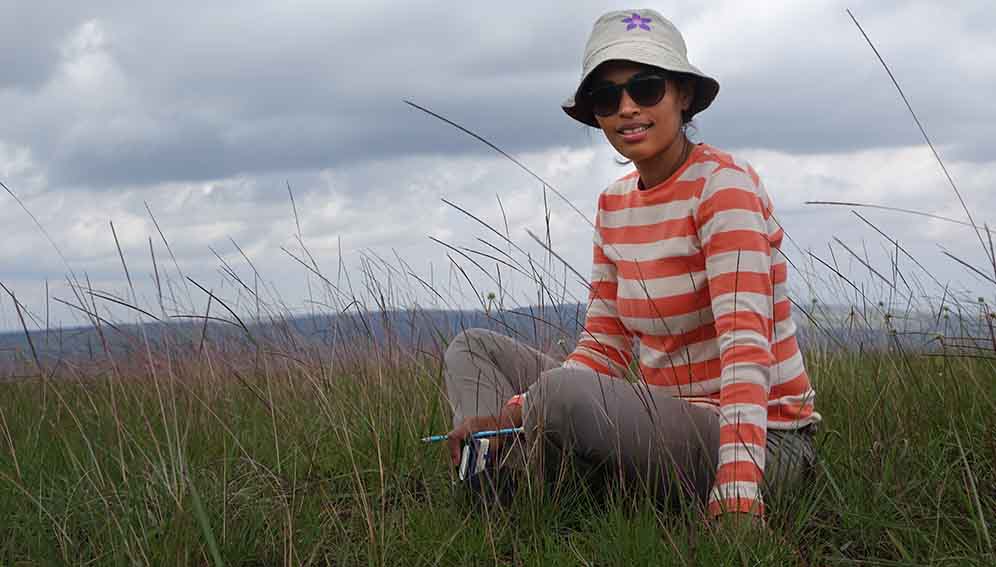In this piece for The Guardian I reveal the first smoking gun evidence that bits of plastic with which birds have lined their nests are strangling, amputating and immobilising their nestlings before they reach two weeks old. The biggest culprit — farmers’ baler twine.
“On a late spring morning in the farmlands of southern Portugal, Dr Marta Acácio set her ladder against a tree and began to climb. Four metres up, she reached the giant white stork nest that was her goal. She knew from telescopic camera shots there was a healthy looking chick inside – and now she wanted to ring it.
“But when Acácio …Read more here

